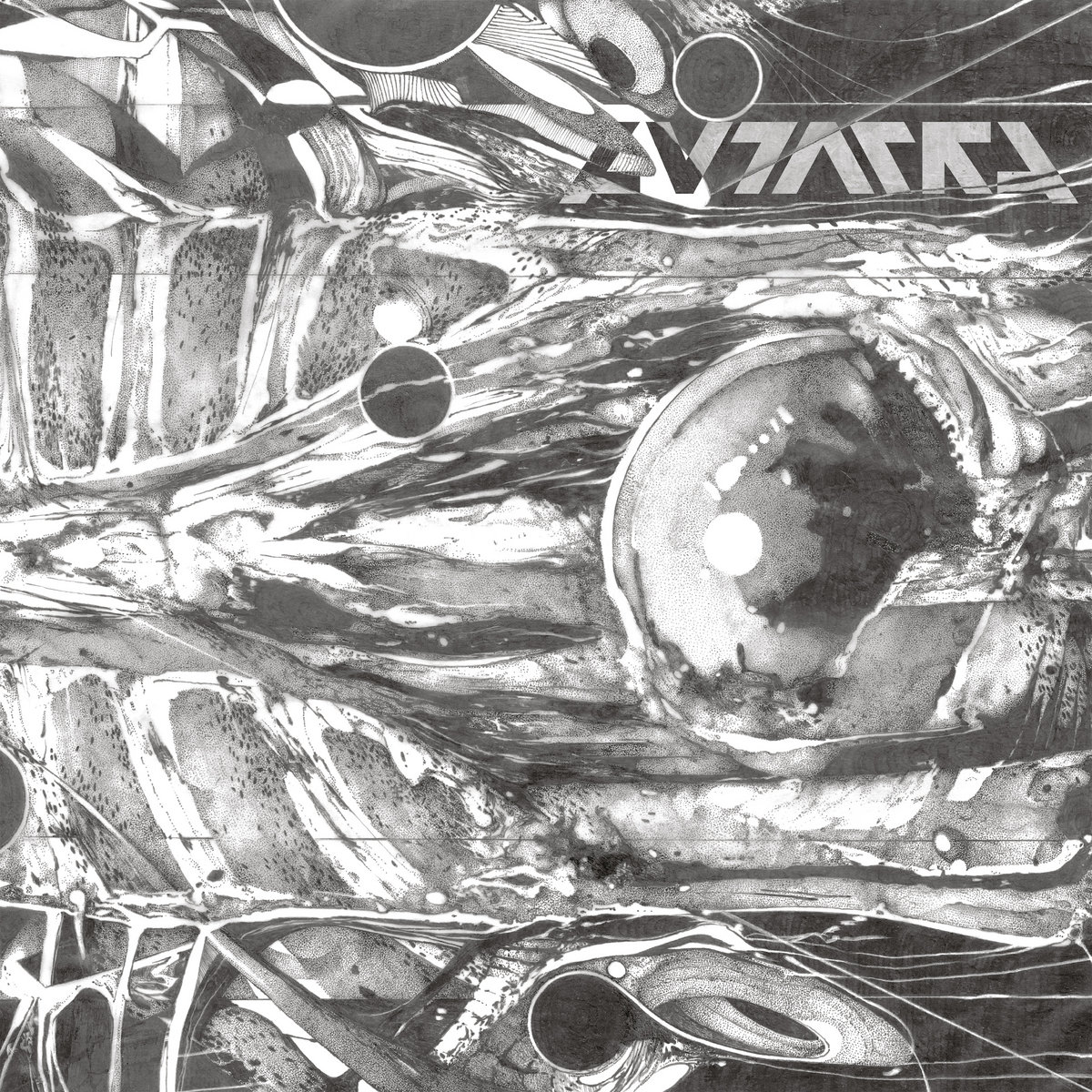Autarkh discuss recently released album, “Form in Motion”

(picture: Steph Byrne) Hello Autarkh, thanks for your time. Would it be possible to introduce your band to our readers, as well as your roles in it? Hi Valentine, thanks for having us. We are Autarkh from Tilburg (NL), a group of musical extremists dedicated to pushing the boundaries of the auditory senses. Autarkh is the brainchild of Michel Nienhuis, founding member and composer/guitarist of DODECAHEDRON. Death and illness was closing in on Dodecahedron, triggering a conceptual transformation that was necessary to effectuate artistic development. In the fall of 2019 Nienhuis teamed up with producer Joris Bonis (Dodecahedron, Ulsect), guitarist David Luiten and electronic composer / producer Tijnn Verbruggen. A set of musicians with backgrounds ranging from metal to techno. Autarkh’s first full length album ‘Form In Motion’ will be released the 12th of March 2021 through Season of Mist records. With a worldwide pandemic going on, how have you handled the management of your band over the past few months? Quite well actually. The pandemic did not affect our writing or production process in a negative way. We were busy recording when the pandemic hit The Netherlands in March 2020 and the country was partially locked down. We were mostly recording at our own home studios then, so the lock down wasn’t a direct problem. When the summer came, there were no restrictions anymore so we could get together from time to time to work on the production of the album (mixing / mastering etc.). The past few months have been busy with the promotion of ‘Form in Motion’ and rehearsals on 1,5 meter distance at least. You've recently revealed your music video for “Lost to Sight”. How was the shooting experience? Especially your collaboration with videographer Guilherme Henriques? It was great actually. This was my first time shooting a music video, so it was new to me, but I enjoyed it a lot and the shoot went very smooth. Guilherme is very professional, he knows how to do this, and you could tell that he is also a musician in the way he was filming us. He had a great sense of timing and knew the type of shots that were required for every section of the song. This single is taken from your debut record, “Form in Motion”. How long have you worked on this album? Maybe I can explain a bit of our process here, to give you some insight on how we worked our way through some of the challenges on our path. We wanted to create a sound for the beats that was not like the typical industrial metal sound, but more like Autechre of Aphex Twin. The problem with that is that it is hard to keep all the spatial details in place that those type of beats revolve a lot around. Because the spectrum is filled with a lot of distortion guitars most of the time. We had to find solutions for specific problems like this one. The mix was quite a tricky and time-consuming process. When we had everything recorded, we needed to create some overview because we had quite a lot of tracks in the project file. David and I grouped them in categories and started making a balance of the beats first. Then we added bass, riff guitars, ambient guitars, space layers and finally vocals. By that time, we realized we needed to think carefully about which sound should be lifted where exactly in the spectrum, because some layers were inaudible. So, we made a drawing where we placed all the different type of sounds in different places in the spectrum in order to create an overview again. Along the way, we found production ideas that could make a difference in sound compared to what we already knew, for instance with the blast beats. We used heavy side chain compression on the reverb of the snare to make the sound more wobbly and less mechanical. And put distorted samples of short metal sounds on top of it to re-add attack to the hits. All in all, it took us about a year from start to finish. We had some demos laying around and started to think about the album and the structure of it in the summer of 2019. A lot of writing and debating ideas for the production followed in the fall of 2019. When we figured out the basic sound of the beats, we started recording early 2020, mixing and mastering was done in the summer and delivered the masters to Season Of Mist at the end of August 2020. Any funny stories to share from your recording or writing sessions? Well… David’s studio has a little pond right next to the main entrance of the building, with some bushes and flowers hanging over so you can’t really see it. And it is in the way of the path to the entrance. One of the most illogical garden designs I have come across in my life to be honest. He warned me about it in the beginning, but of course one night I was excited about one of our accomplishments, I rushed out quickly to smoke a cigarette and stepped right into it. Can we talk about the process of creating the artwork of your album and the overall idea behind this visual? The album cover is made by the brilliant artist Manuel Tinnemans (Comaworx) who is known for his work with black and white fine liners on blotting paper. We discussed the lyrical theme of transformation and growth and he came up with the idea to make his drawing very long and depict this process from the sides moving inwards. The rest of our graphic style thus far is mostly a combination of black, white and grey in order to fit the drawing that Manuel came up with.

I’m sure you are, like a lot of people, missing live shows. Do you already have some dates planned for 2021? Yes, we are performing at Roadburn Redux, April 16 – 18 2021, which will be a live stream event this year. We are working on planning more shows with our booking agency Doomstar Bookings. Let’s hope the whole covid situation blows over soon so we can get back to playing shows. To finish, what is one lesson you’ve learned that you think is important to pass onto other bands? This answer is very personal of course, it might be different for other bands. But to me, the general concept or idea behind the art is the most important aspect to work out. It helps you to connect the music to lyrics, the lyrics to the artwork and photography, etcetera. It helps you to know what you’re doing and why you are doing it. Once you have that clear, it is much easier to make decisions because you should be able to tell easily which idea fits the concept and which one doesn’t. Thanks for your time!



Latest comments